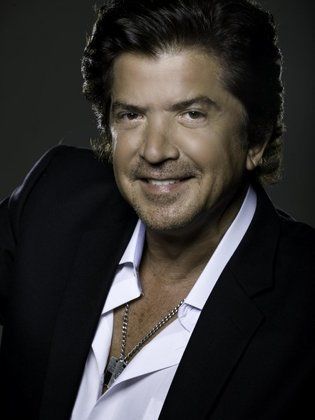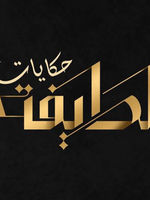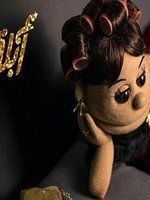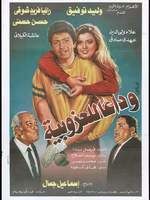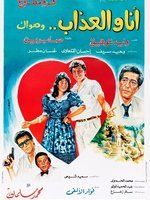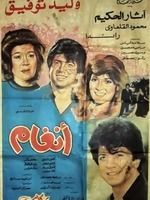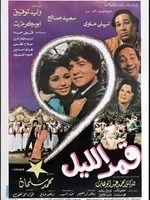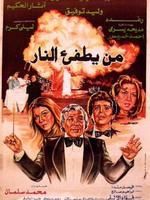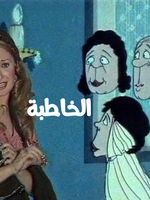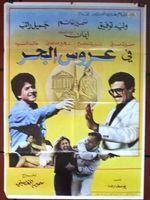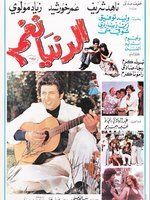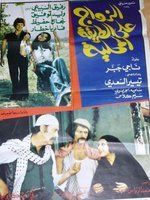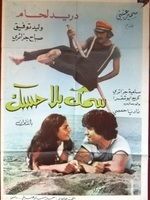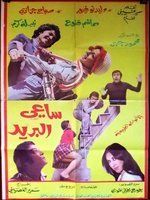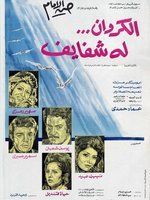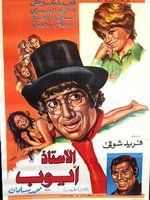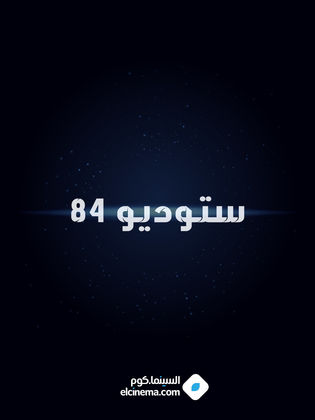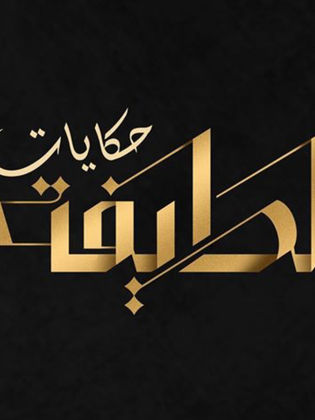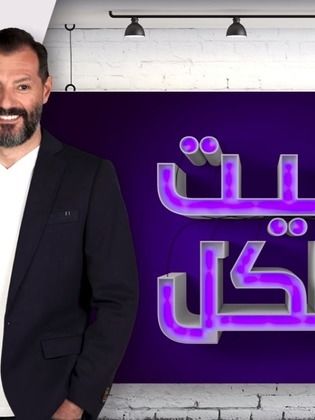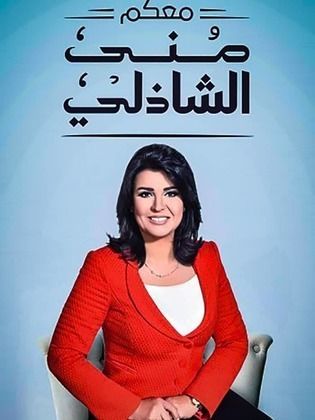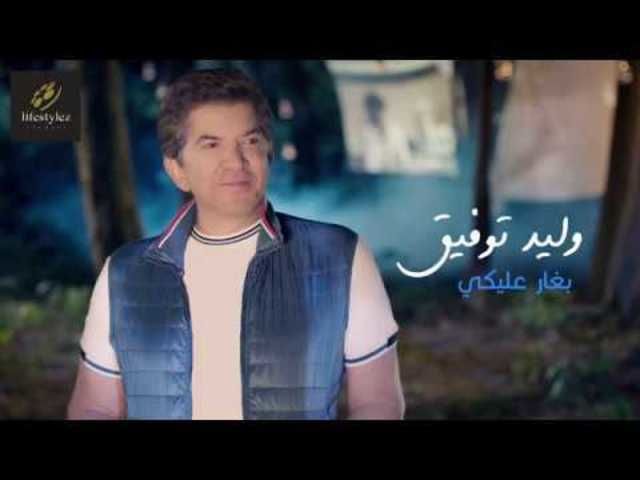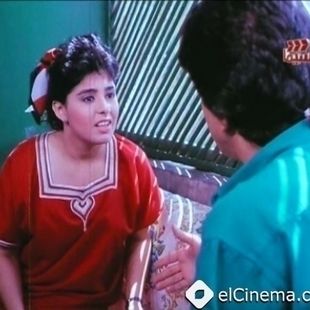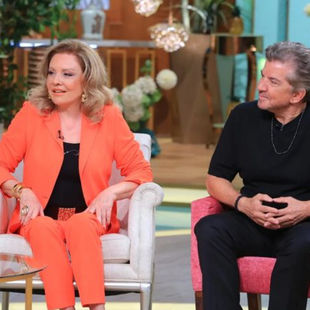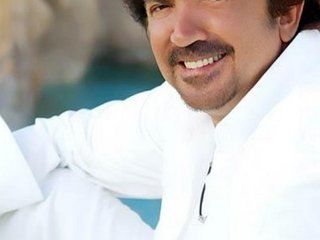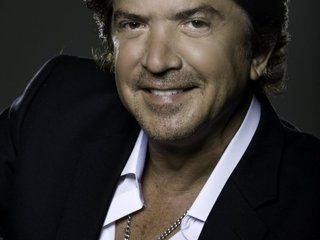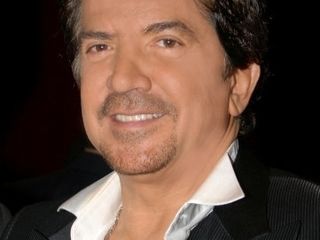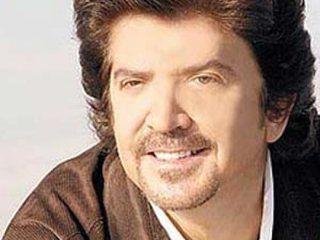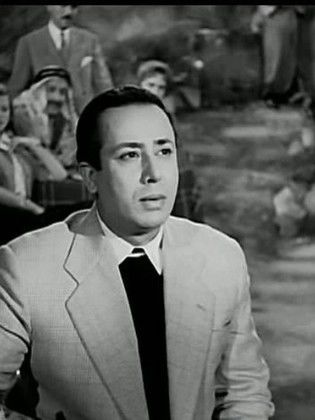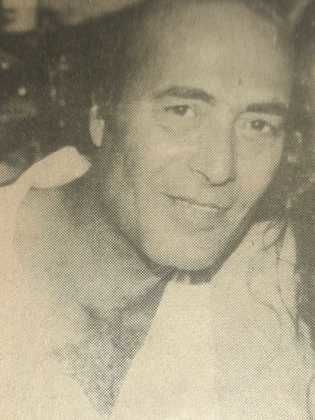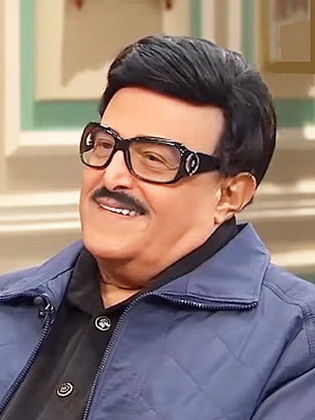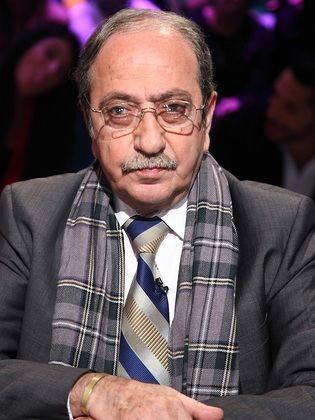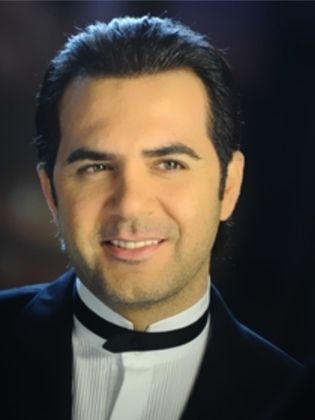Walid Tawfik وليد توفيق
Biography
Walid began work at a young age in order to help support his family. He learned how to repair radio equipment and excelled at that. Thus he was exposed to a lot of songs while young. Walid then learned how to play the ‘oud and mastered it by the age of seventeen , he then applied...Read more to the “al-Huwwat” (“The Amateurs”) program on al-Fann studio. On that show Walid performed a song titled “’Eyoun Bahhya” – credited to artist Mohamed al-‘Ezby. Cinema director Hassan al-Imam, who was in Lebanon at the time to shoot a film titled “Hazza Uhiboh wa Hazza Uridoh” (“This I Love and That I Want”) starring Hany Shaker, heard him perform. The director then nominated him for three film. Walid refused Hassan al-Imam’s instructions to dance in the film as he believed that dancing was in conflict with Eastern traditions and thus he did not collaborate with director Hassan al-Imam.
Watch Online (Sponsored By Yango Play)
-
-
- Rocky El Ghalaba
- 2025 - Movie
-
-
- One Last Sin
- 2025 - Series
-
-
- Ward w Shokolata
- 2025 - Series
-
-
- Al Shater
- 2025 - Movie
-
-
- 2 Qahwa
- 2025 - Series
-
-
- Feeha Eh Yaani
- 2025 - Movie
Known for
(According to views)
Watch it on
More details
Walid began work at a young age in order to help support his family. He learned how to repair radio equipment and excelled at that. Thus he was exposed to a lot of songs while...Read more young. Walid then learned how to play the ‘oud and mastered it by the age of seventeen , he then applied to the “al-Huwwat” (“The Amateurs”) program on al-Fann studio. On that show Walid performed a song titled “’Eyoun Bahhya” – credited to artist Mohamed al-‘Ezby. Cinema director Hassan al-Imam, who was in Lebanon at the time to shoot a film titled “Hazza Uhiboh wa Hazza Uridoh” (“This I Love and That I Want”) starring Hany Shaker, heard him perform. The director then nominated him for three film. Walid refused Hassan al-Imam’s instructions to dance in the film as he believed that dancing was in conflict with Eastern traditions and thus he did not collaborate with director Hassan al-Imam.
- Nationality:
- Lebanon
- Birth Name:
- Walid Tawfiq Totonji
- Birth Country:
- Lebanon
- Birth City:
- Loubnâne ech Chemâli

